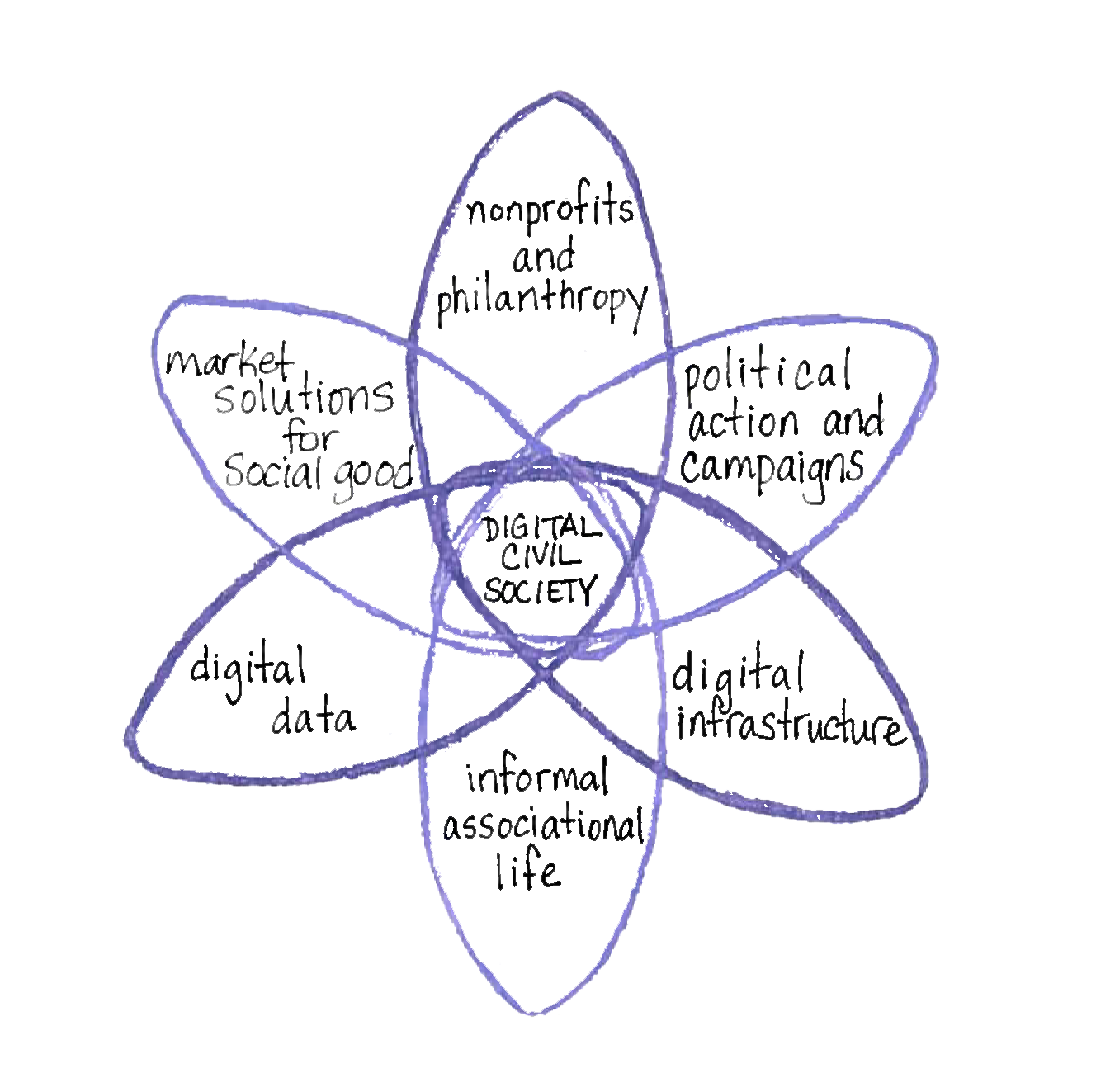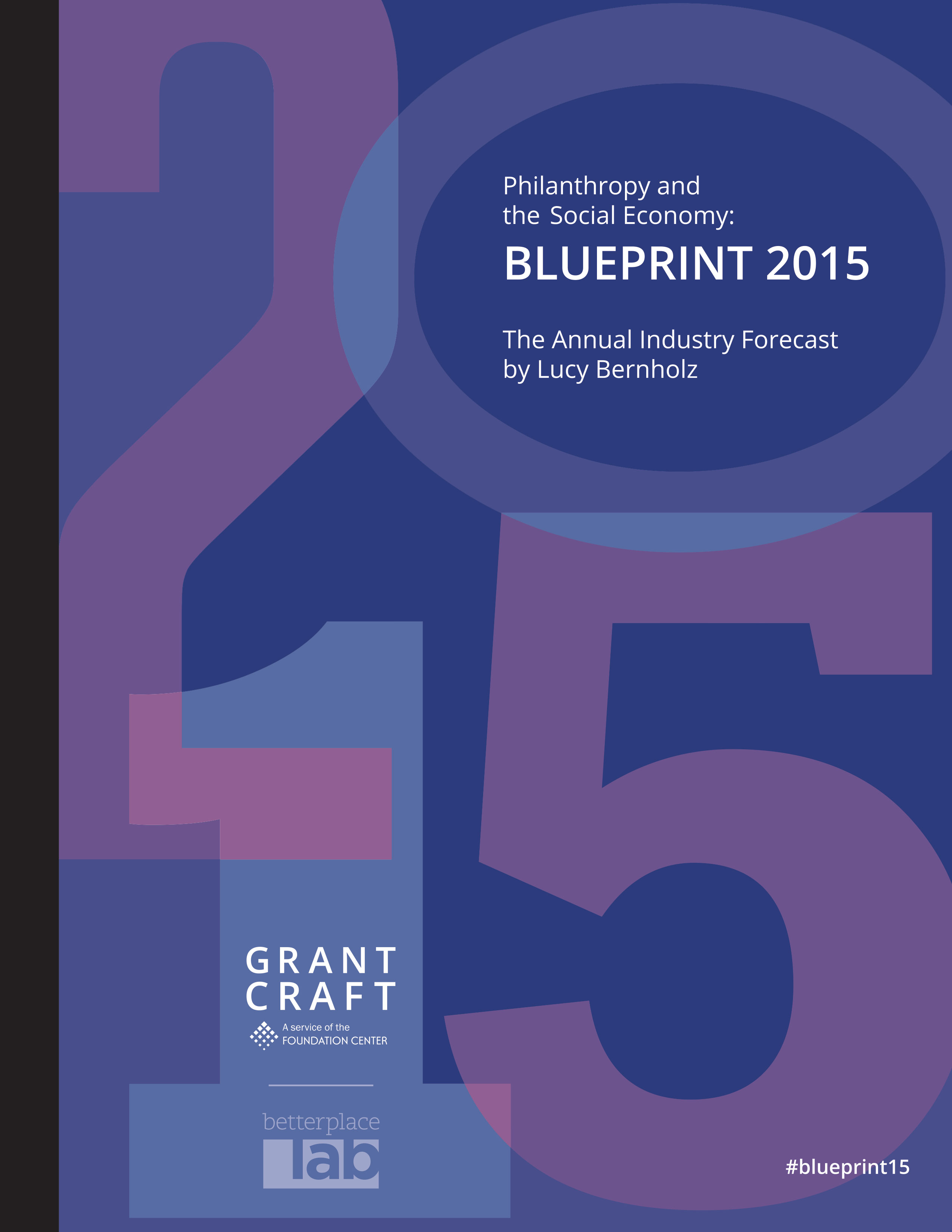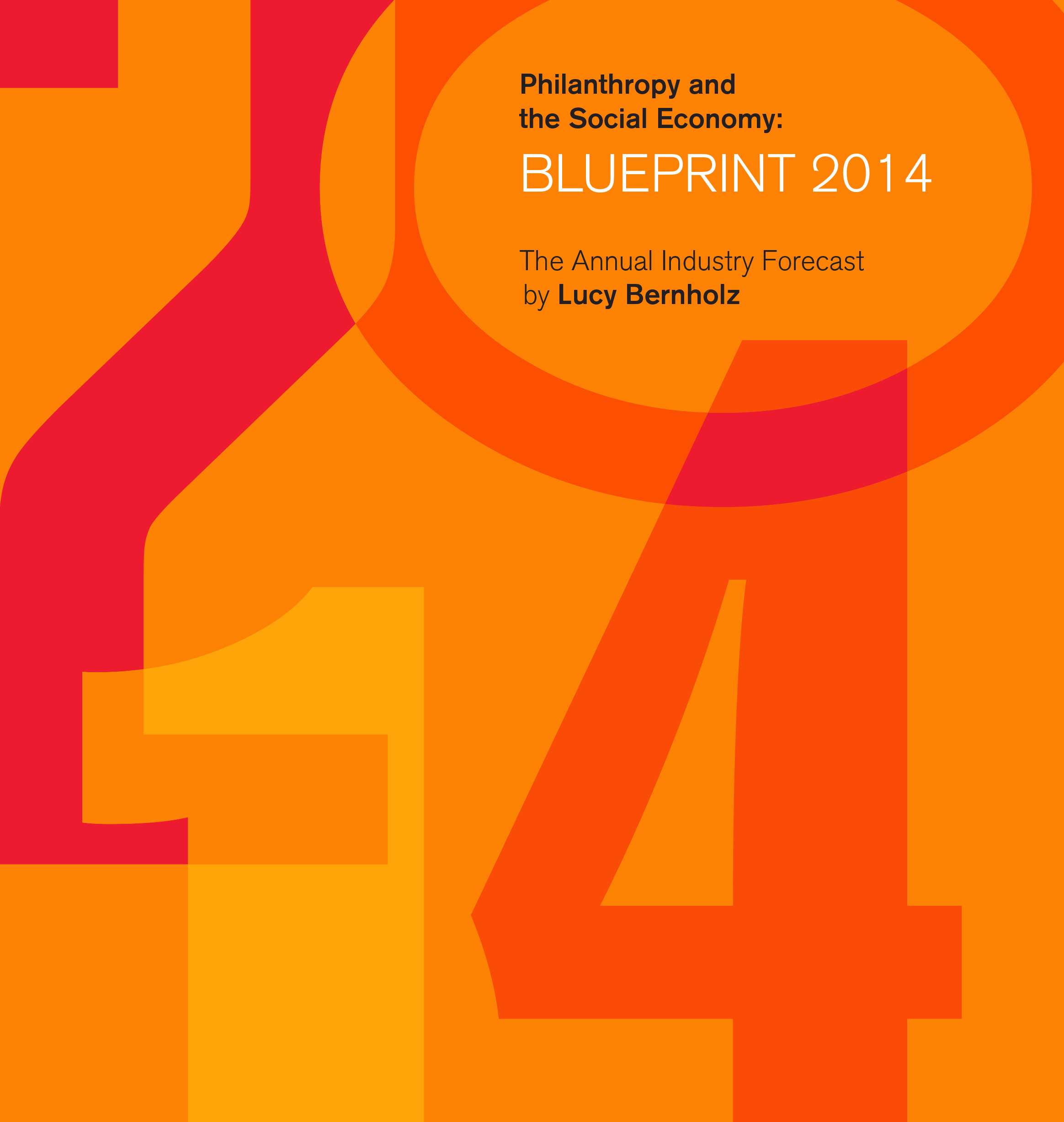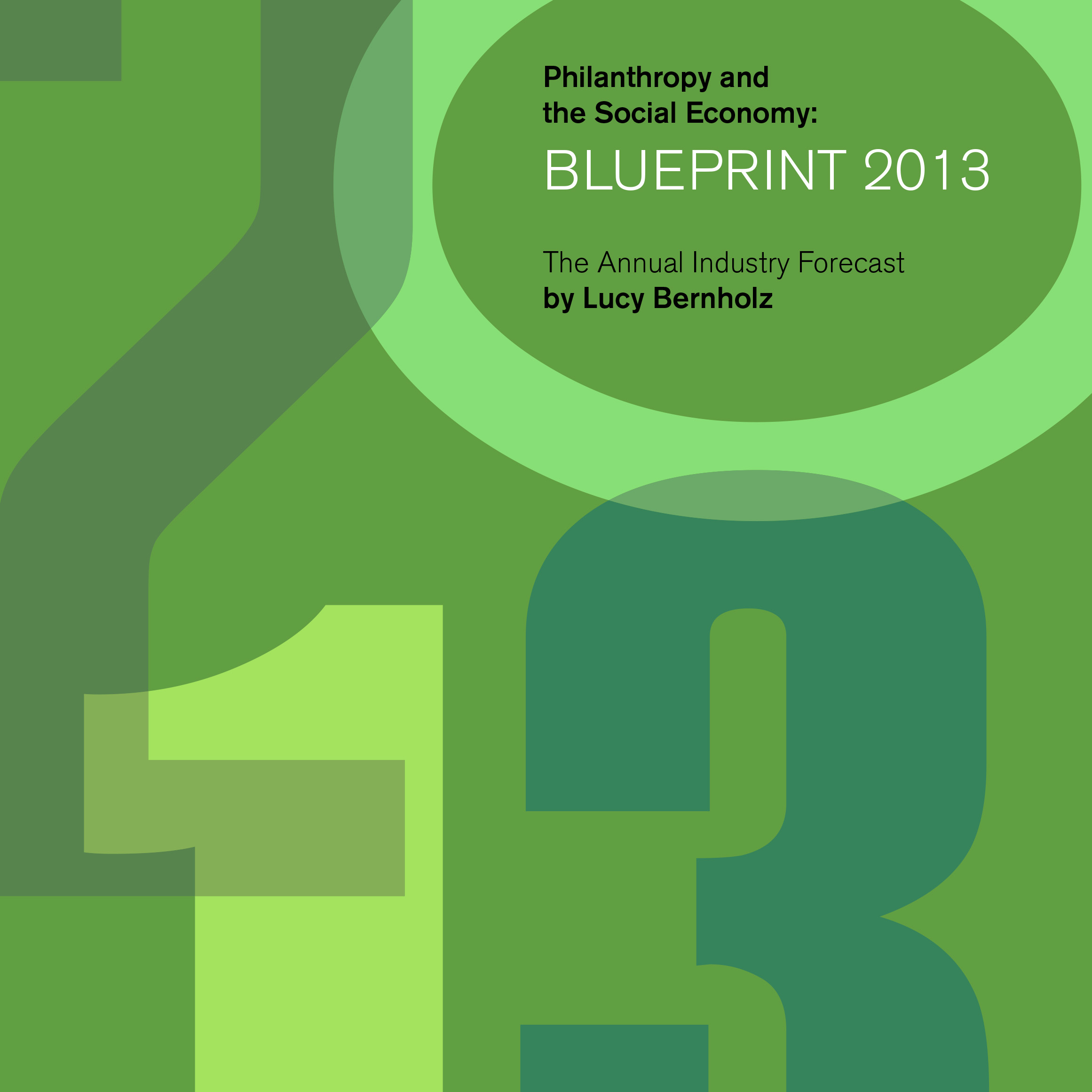Digital Civil Society A double lens
This double lens — civil society and the social economy — is particularly important as we try to understand digital civil society, that is, the ways we use our private resources for public benefit in the digital age. Digital data and infrastructure are being used  for many socially positive purposes — from the use of mobile phone text messages to inform pregnant women of prenatal care options to crowdsourcing home-cooked meals for people in homeless shelters. When you look for digital applications for social good, you quickly realize that many of them exist and thrive outside of nonprofits.
for many socially positive purposes — from the use of mobile phone text messages to inform pregnant women of prenatal care options to crowdsourcing home-cooked meals for people in homeless shelters. When you look for digital applications for social good, you quickly realize that many of them exist and thrive outside of nonprofits.
There are many examples of people using digital tools to accomplish an expressive, protest, or distributive purpose that involve informal networks, loose activist groups, social enterprises, government agencies, and commercial businesses. Think of the #yesallwomen discussion that exploded on Twitter in January 2014 after murders on a southern California college campus. The discussion of women and sexual assault then moved to the pages of mainstream newspapers and eventually became part of the broader debates about gun rights and mental health. A similar pattern played out following the police killing of an unarmed man in Ferguson, Missouri; social media coverage by participants attracted major television and newspaper coverage and helped sustain attention on these issues around the globe. These American news incidents are similar to others where FrontlineSMS software (texting without Internet) and open mapping platforms are used after natural disasters and as election monitoring tools. Loosely networked individuals come together to cover the news, deliver relief, and provide services. They are contributing their time to a cause, not to a particular organization. These activities are seldom recognized as examples of private resources for public benefit simply because they are not organized within nonprofit entities. Not acknowledging them is to miss much of civil society.
Takeaways are critical, bite-sized resources either excerpted from our guides or written by Candid Learning for Funders using the guide's research data or themes post-publication. Attribution is given if the takeaway is a quotation.
This takeaway was derived from Philanthropy and the Social Economy: Blueprint 2015.



